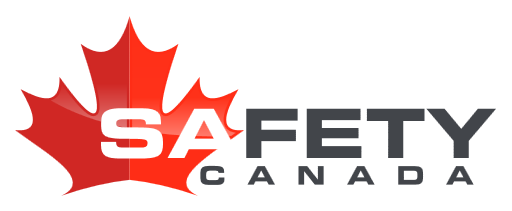Course Overview
Falls are the second leading cause of unintentional injury deaths, with approximately 650,000 falls occurring each year (Worldwide Health Organization). While this number includes falls from an elevated surface, people can, and do, die from falling on the same level. Additionally, falls often result in injury, which can cost a substantial amount of money for both the company and the person who becomes injured. Employers and employees alike can make a difference in helping to prevent injuries and fatalities from slips, trips, and falls.
Course Topics
- Module 1: Foundations of Walkway Safety
- Module 2: Hazard Recognition
- Module 3: Hazard Prevention & Incident Response
By the end of this course, you will be able to:
- Describe the difference between a slip, trip, stumble, and air step
- Identify and distinguish between the two main categories of risk factors that impact slips, trips, and falls
- Explain how floor porosity impacts fall-related events
- Recognize the different costs associated with falls in the workplace
- Differentiate between the two types of fraud companies need to be aware of
- Identify common environmental factors that increase a person's risk of falling
- Recognize common behavioral factors that increase a person's risk of falling
- Summarize different proactive measures employers take to prevent fall incidents
- Identify different ways employees can prevent walkway hazards in the workplace
- List different ways employees can prevent walkway hazards in the workplace
- Describe how to appropriately respond to a fall incident
This course takes approximately 45 minutes to complete
A passing grade of
80%
or higher required. Up to
3
attempts are provided.
A certificate will be provided upon the successful completion of this course.


